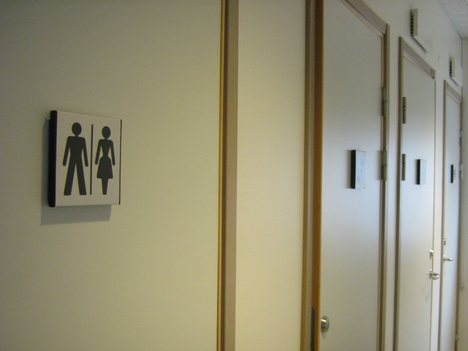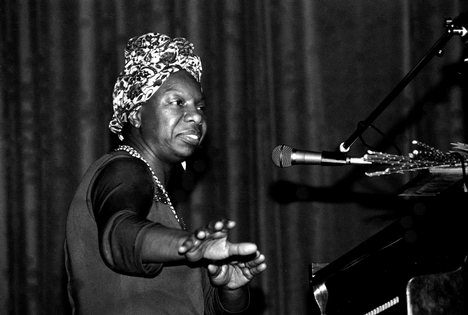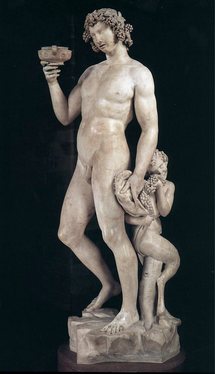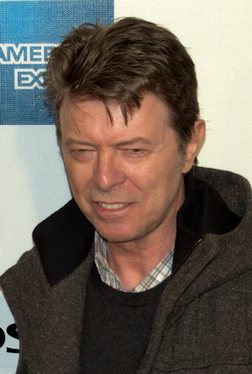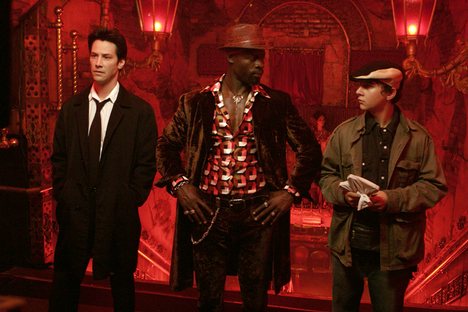
- Order:
- Duration: 3:12
- Published: 2009-09-10
- Uploaded: 2011-01-07
- Author: mikeortiz410
these configurations will be saved for each time you visit this page using this browser
Androgyny is a term—derived from the Greek words άνδρας (andras, meaning man) and γυνή (gyné, meaning woman)—referring to the combination of masculine and feminine characteristics. This may be as in fashion, sexual identity, or sexual lifestyle, or it may refer to biologically inter-sexed physicality, especially with regards to plant and human sexuality.
Androgyne was once used as a synonym for hermaphrodite, although the term intersex is now widely used.
The androgynous individual is simply a female or male who has a high degree of both feminine (expressive) and masculine (instrumental) traits. A feminine individual is high on feminine (expressive) traits and low on masculine (instrumental) traits. A masculine individual is high on instrumental traits and low on expressive traits. An undifferentiated person is low on both feminine and masculine traits.
To say that a culture or relationship is androgynous is to say that it lacks rigid gender roles and that the people involved display characteristics or partake in activities traditionally associated with the other gender. The term androgynous is often used to refer to a person whose look or build make determining their gender difficult but is generally not used as a synonym for actual intersexuality, transgender or two-spirit people. Occasionally, people who do not actually define themselves as androgynes adapt their physical appearance to look androgynous. This outward androgyny has been used as a fashion statement, and some of the milder forms (women wearing men's trousers/men wearing skirts, for example) are not perceived as transgendered behavior.
Lesbians who do not define themselves as butch or femme may identify with various other labels including androgynous or andro for short. A few other examples include lipstick lesbian, tomboy, and 'tom suay' which is Thai for 'beautiful butch'. Some lesbians reject gender performativity labels altogether and resent their imposition by others. Note that androgynous and butch are often considered equivalent definitions, though less so in the butch/femme scene.
The recently coined word genderqueer is often used to refer to androgynes, but the terms genderqueer and androgyne (or androgynous) are neither equivalent nor interchangeable. Genderqueer is not specific to androgynes, does not denote gender identity, and may refer to any person, cisgender or transgender, whose behavior falls outside conventional gender norms. Furthermore, genderqueer, by virtue of its linkage with queer culture, carries sociopolitical connotations that androgyne does not carry. For these reasons, some androgynes may find the label genderqueer inaccurate, inapplicable, or offensive.
An androgyne may be attracted to people of any sex or gender, though many identify as pansexual or asexual. Terms such as bisexual, heterosexual, and homosexual have less meaning for androgynes who do not identify as men or women to begin with. Infrequently the words gynephilia and androphilia are used, which refer to the gender of the person someone is attracted to, and do not imply any particular gender on the part of the person who is feeling the attraction.
In agenderism the division of people into women and men, in the psychical sense, is erroneous and artificial. It negates the biological sex (or lack thereof) as a carrier of specific features and tendencies of personality, and as a yardstick to determine human inside "I" (Ego). In the category of transgenderism (literally, being "beyond gender identity") a person like agender can be included in a sense which rejects functioning under of any psycho-cultural gender.
The rise of the metrosexual in the 2000s has also been described as a related phenomena associated with this trend, and traditional gender stereotypes have been challenged as well as reset in recent years dating back to the 1960s and the Hippie movement and Flower power. Artists in film like Leonardo DiCaprio sported the "skinny" look in the 1990s- a departure from traditional masculinity which resulted in a fad known as "Leo Mania", and this came long after musical superstars like David Bowie, Boy George, Grace Jones, Prince, Marilyn Manson and Annie Lennox as well as Michael Jackson challenged the norms in the 1970s and had elaborate cross gender wardrobes by the 1980s. The astronomical rise in popularity of "pretty" boybands in the late 1980s and 1990s like New Kids on the Block, Take That, the Backstreet Boys and Nsync "redefined masculinity" and the trends flowed into other performance entertainment circles that included increasingly, sports stars in England's FA Premier League like David Beckham or the Liverpool F.C Spice Boys in the 1990s. These entertainers were known to have started trends of becoming increasingly conscious of their fashion and looks, and inadvertently raised trends as celebrities in the limelight that males were now increasingly interested in traditional female interests like clothing, fashion accessories, hairstyles, manicures, spa treatments and so on, which have seen the societal redefinition of traditional gender fashion norms, due to the popularity of these artistes with many people in the world today. These trends have arguably then gone on to reshape fashion, and clothing houses like Top Man, and designer labels have then seen an increase in sales in relevant "androgynous" merchandise.
While the 1990s developed and fashion developed an affinity for unisex clothes and the rise of designers who favoured that look like Helmut Lang, Giorgio Armani and Pierre Cardin, the trends in fashion only hit the public mainstream in the 2000s, which saw men sporting longer hair, hairdyes, hair highlights, wearing jewellery, make up, visual kei, designer stubble, or the like, all of which been a significant mainstream trend of the 21st century, both in the western world, and in Asia. Japanese and Korean cultures have been featuring the androgynous look as an ideal in society, as depicted in both K-pop, J-pop and in Anime and Manga, as well as the fashion industry However, in 2010, reports state that the androgynous look in Europe and the West may be a trend on the decline.
Category:Transgender Category:Human appearance Category:Fashion aesthetics
This text is licensed under the Creative Commons CC-BY-SA License. This text was originally published on Wikipedia and was developed by the Wikipedia community.
























